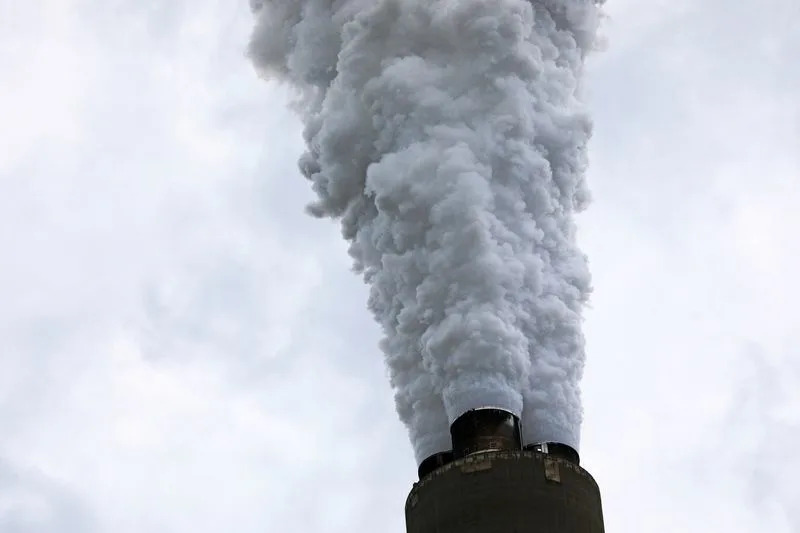The Trump administration’s recent initiative to dismantle established U.S. climate regulation, framed as a cost-cutting measure for industries, paradoxically risks plunging businesses into a quagmire of regulatory uncertainty and potential litigation. This controversial move, intended to alleviate financial burdens, could instead create a fragmented legal landscape, compelling major sectors like automakers, utilities, and manufacturers to navigate a complex and unpredictable future.
At the heart of this policy shift is the proposed rescission of a long-standing scientific finding: that greenhouse gas emissions endanger human health. This foundational endangerment finding has historically served as the legal bedrock for numerous U.S. greenhouse gas regulations. Its removal would effectively dismantle the national framework governing industrial emissions, a move with profound implications for environmental policy across the nation.
Experts warn that repealing this crucial finding could eliminate the singular federal standard that industries currently adhere to, forcing companies to comply with a disparate patchwork of individual state laws on climate change. Such a fragmented regulatory environment would inevitably increase compliance complexities and administrative overheads for businesses operating across state lines, undermining the very cost-saving premise of the administration’s plan.
Historical context reveals that during a previous Trump term, the Environmental Protection Agency (EPA) had previously shied away from challenging the endangerment finding due to significant resistance from various industry sectors and the inherent legal risks associated with undermining established federal authority on environmental policy matters. This past hesitation underscores the contentious nature and potential legal challenges of the current proposed action.
Albert Gore, the executive director of the Zero Emission Transportation Association, vehemently criticized the EPA’s current action, emphasizing that this reversal of long-settled law comes at a time when “clean” car sales are experiencing steady growth. This growth, he notes, is directly fueling a burgeoning U.S. battery and vehicle manufacturing boom, signifying a thriving domestic industry potentially threatened by regulatory instability.
The economic impact of this burgeoning sector is substantial; over the past decade, manufacturers have collectively announced an staggering $197.6 billion in investments dedicated to establishing U.S. electric vehicle (EV) and battery manufacturing facilities. This significant capital infusion highlights the robust development within the clean transportation industry, a sector poised for continued expansion under stable regulatory conditions.
“Taking backward steps and adding new regulatory uncertainty harms consumers, unsettles markets, and will complicate ongoing business decisions for auto manufacturers,” Gore asserted, articulating the widespread concern within the automotive industry. His statement underscores the critical need for consistent federal standards to foster continued investment and innovation within the rapidly evolving landscape of green technology.
Conversely, EEI spokesman Jeremy Ortiz emphasized the importance of flexible regulations, stating it is “essential that EPA use its authority to craft flexible regulations that account for impacts to reliability and customer bills.” Notably, EEI had previously aligned with the EPA during former President Joe Biden’s administration in a 2022 Supreme Court case concerning the agency’s authority to regulate power plants, highlighting complex stakeholder positions.
Industry reactions remain divided. While the Alliance for Automotive Innovation welcomed the proposed tailpipe deregulation, it acknowledged it was still “digesting the broader proposal to repeal the endangerment finding.” Meanwhile, the American Petroleum Institute and the American Trucking Associations both explicitly cheered the planned repeal of vehicle tailpipe rules, indicating a mixed reception among various industry lobbies.






Leave a Reply